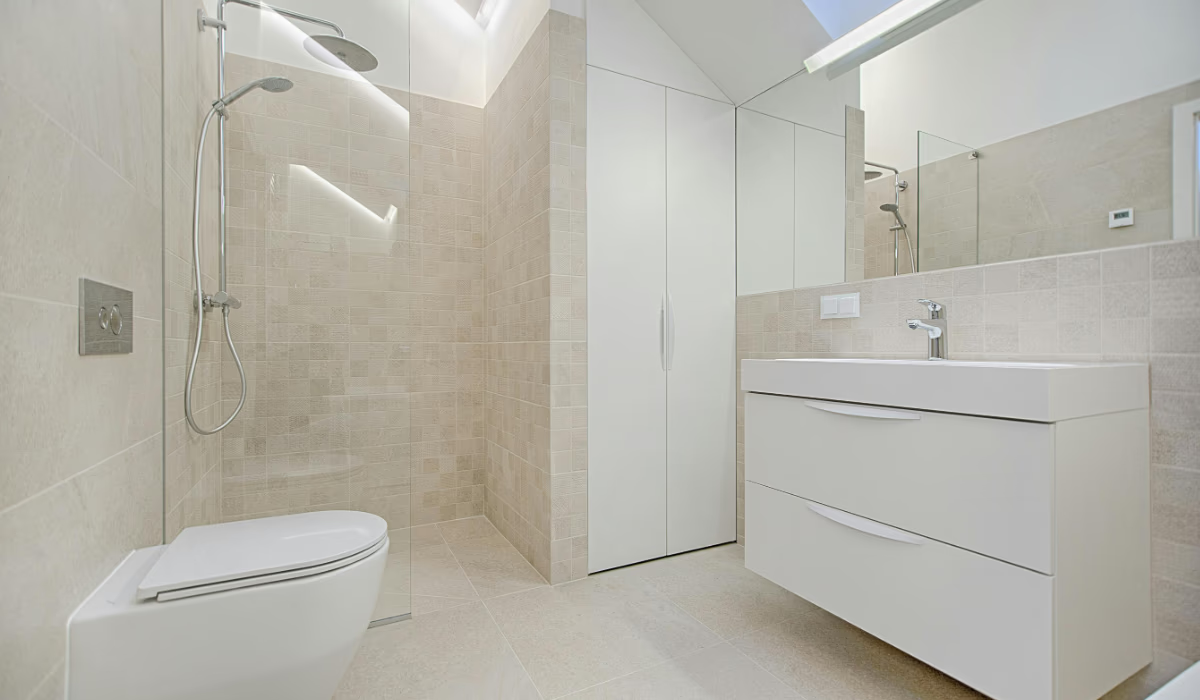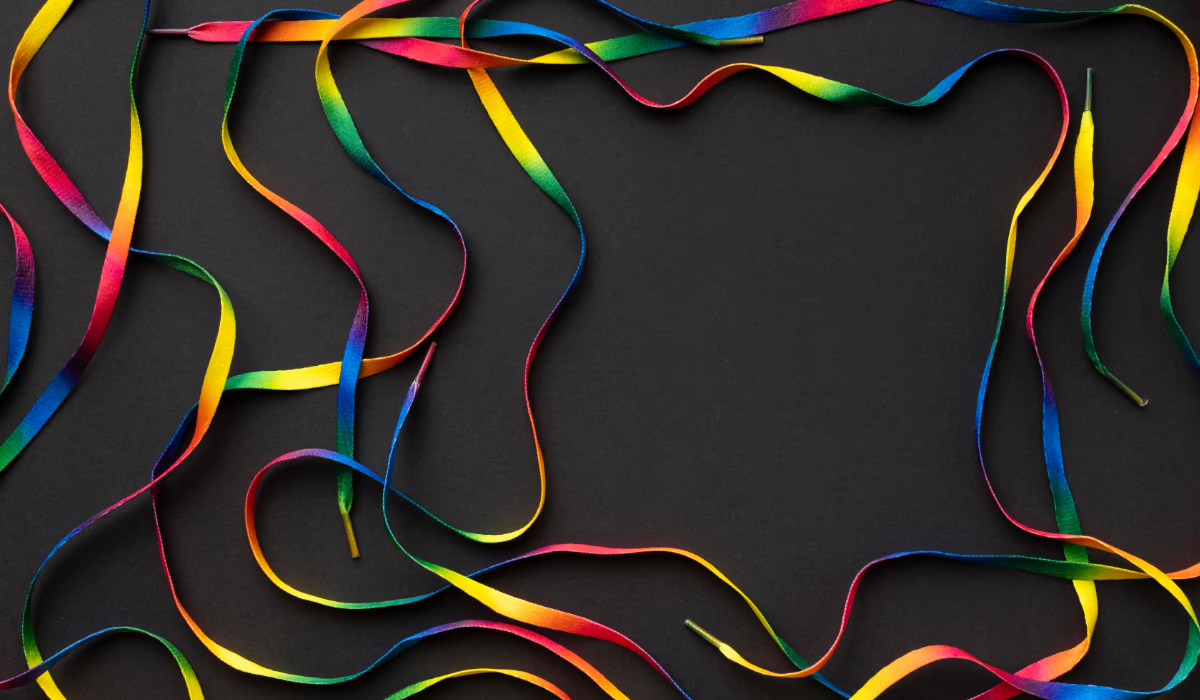Choosing colors for a bathroom in feng shui is more than just picking what looks good—it’s about selecting tones that support relaxation, cleansing, and “qi” (energy) flow. Because bathrooms already naturally embody the Water element, the right color choices, balanced with other elements, can reinforce energy instead of draining it. This guide explores which colors work best, how to combine them, and how to avoid colors that clash with good feng shui in bathrooms.
Whether you have a tiny powder room or a luxurious master bath, applying these color principles can make your bathroom feel more harmonious and rejuvenating.
The Role of Color in Bathroom Feng Shui
In feng shui, the bathroom represents cleansing, purification, and the release of what you no longer need—both literally and energetically. Because of this, colors in the bathroom should support clarity, calmness, and a sense of renewal. They should also help balance the dominant Water element there so that energy doesn’t become stagnant or overwhelming.
Another important factor is how the bathroom is positioned in your home and which directions it faces. Light, airflow, and fixtures will affect how colors are perceived. For example, bathrooms with limited natural light benefit from lighter, reflective hues, while those with ample daylight can handle deeper tones if balanced correctly.
Colors That Enhance Feng Shui in Bathrooms
Here are colors that align well with feng shui when used in bathrooms. They support purification, calm, and balance, while harmonizing with the Water element.
White
White brings clarity and purity. It reflects light, making the space feel clean and open. Because bathrooms serve as spaces for cleansing, white helps reinforce that purpose. It’s often a safe base color that works with many styles and allows for accent colors.
Blue
Blue is directly associated with Water, and soft blue hues can enhance feelings of calm and tranquility. Pale to medium blues help reinforce the cleansing energy. Darker blues may add depth, but should be used carefully to avoid making the room feel heavy or cold.
Green
Green corresponds to the Wood element, which is nourished by Water. Adding green tones helps balance and soften the space. Muted greens are especially helpful—they bring healing, a sense of growth, and calm without overwhelming the senses.
Earth & Neutral Tones
Beige, soft browns, and warm greys ground the Water element. They add stability and warmth so the bathroom doesn’t feel like just a pure wash of cold or moisture. Earth tones also help with creating a more spa-like and cozy atmosphere.
Colors & Tones to Use with Caution
Even colors that are generally pleasing can work against good energy if used improperly or in excess. Being mindful here is key to maintaining harmony.
Very Dark Colors
Deep navies, dark blues, and charcoal tones can be beautiful, but in bathrooms with little light, they may trap energy and make the space feel smaller or more oppressive. Use them sparingly—perhaps on one accent wall—or in tile features rather than across entire walls.
Highly Saturated Warm Tones
Bright reds, oranges, or fiery tones may conflict with the calming purpose of a bathroom. Such warm, intense colors can overstimulate and clash with the serene needs typical of this space. If you love bold color, use as accents (e.g., trim, accessories) rather than primary wall shades.
Cold or Stark Undertones
Some very cool whites or grays with blue or green undertones may look crisp, but if they feel icy or clinical, they can work against a relaxing atmosphere. These tones can freeze the energy rather than balance it. Mixing them with warm tones or earth colors helps soften the effect.
How to Use Color Combinations & Accents
Using the right combination of colors and accent details ensures that your bathroom feels balanced and harmonious rather than jarring or one-dimensional. These strategies help amplify positive energy while remaining practical and aesthetic.
Start with a base color (often white or a light neutral) on walls and major surfaces. Then layer in accent hues—such as soft blue, green, or muted earth tones—through tile borders, accessories, or natural materials like wood. Mirrors and lighting help reflect color and light back into the room, multiplying their effect.
Hardware and fixtures matter too. Metallic finishes (silver, brushed nickel, warm golds) tie into the Metal element, offering brightness and clarity. Use them thoughtfully to enhance rather than compete with your color scheme. Natural materials like wood (for vanities or small décor) add grounding texture and warmth.
Common Mistakes to Avoid
Using bright, saturated warm tones throughout a small or dim bathroom can overwhelm. Overuse of dark colors in spaces with limited light diminishes the cleansing, open feel bathrooms should encourage. Also, mismatched undertones (too many cool colors in a warm scheme, or vice versa) can lead to visual discord and frustration.
Another frequent misstep is ignoring how fixtures or lighting affect color. Light bulbs with harsh blue tone, or overhead lighting that casts shadows, can distort how paint or tile actually looks. Always test paint or tile samples at different times of day and under different lighting before committing.
Conclusion
Choosing bathroom colors with feng shui in mind means selecting hues that support cleanliness, calm, and renewal while balancing the strong Water element. Using whites, soft blues, greens, and warm earth tones—paired with subtle accents and good lighting—can create a bathroom that feels both restorative and balanced. With mindful color choices and restrained use of bold tones, your bathroom can become a peaceful retreat in your home.
FAQs
What color promotes calm in a bathroom using feng shui?
Soft blues, muted greens, and warm neutrals tend to create a soothing, serene atmosphere that supports relaxation and rejuvenation.
Is it okay to use dark blue or navy in a feng shui bathroom?
Yes, but sparingly. Use them as accent walls or in small tile features, especially in well-lit bathrooms, to avoid making the space feel overly heavy or windowless.
Can I mix warm and cool tones in bathroom design?
Absolutely. Mixing tones—like pairing a warm beige with cool blue or soft green accents—helps balance energy and prevents coldness or harshness.
Which colors should I avoid for feng shui in a bathroom?
Avoid overly saturated warm colors that are intense (bright red, fiery orange), very dark shades in dim spaces, or colors with cold, icy undertones that feel stark rather than restful.







